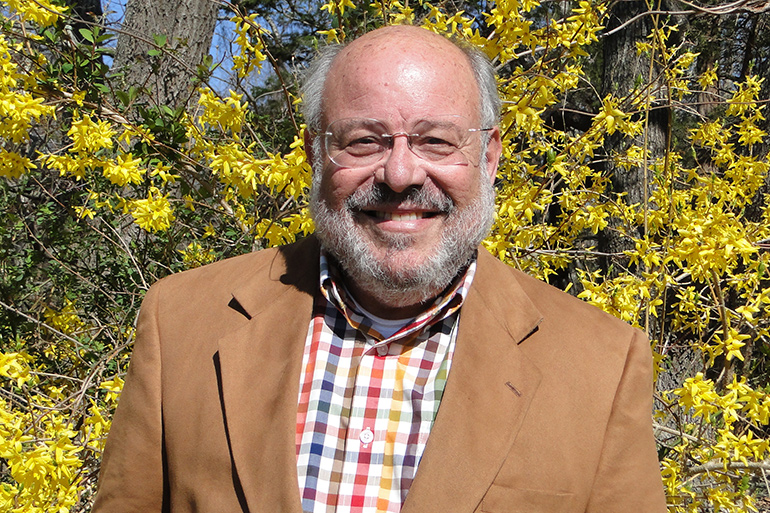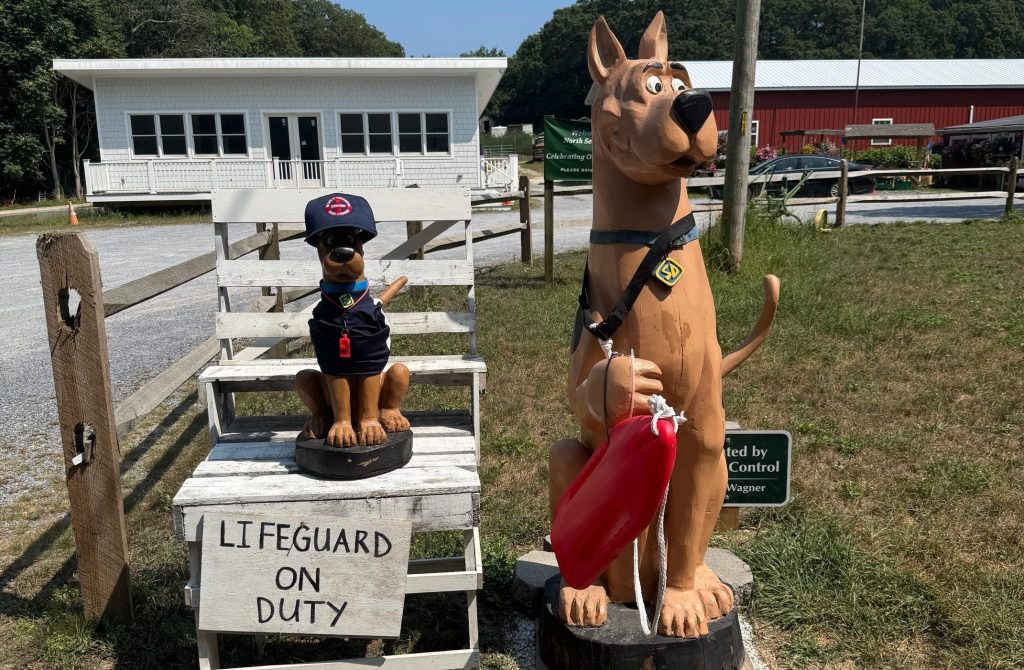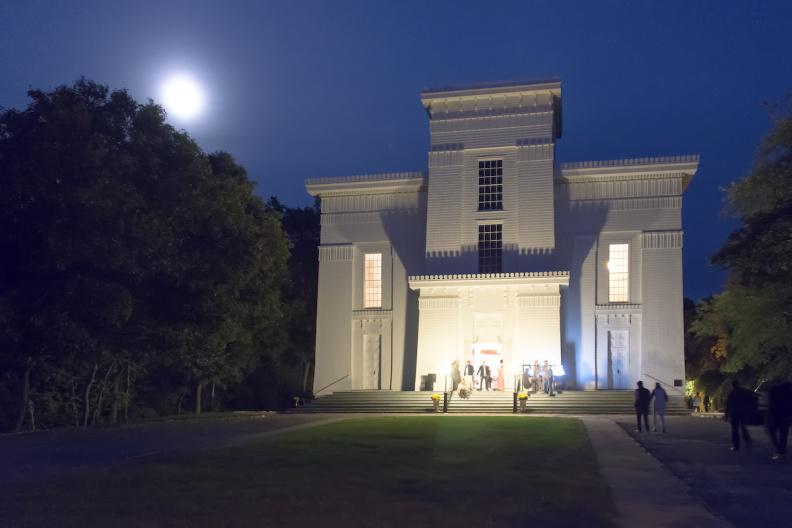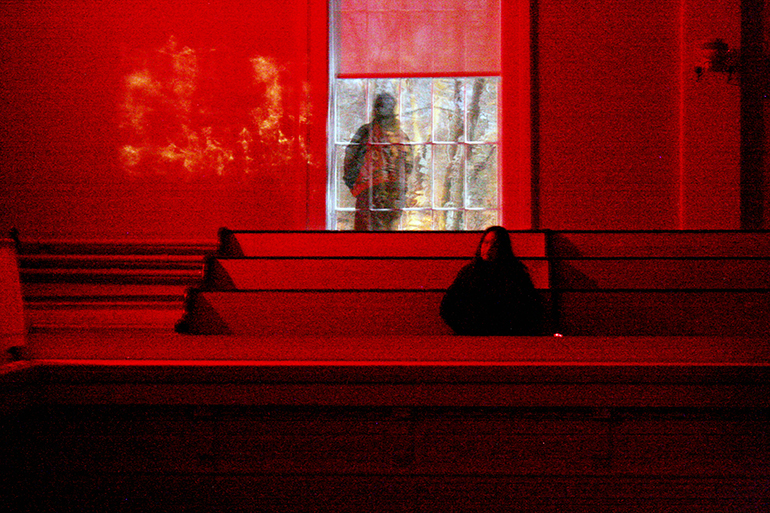Sticky Situation: Jamesport Beekeeper All Abuzz About Pivotal Industry
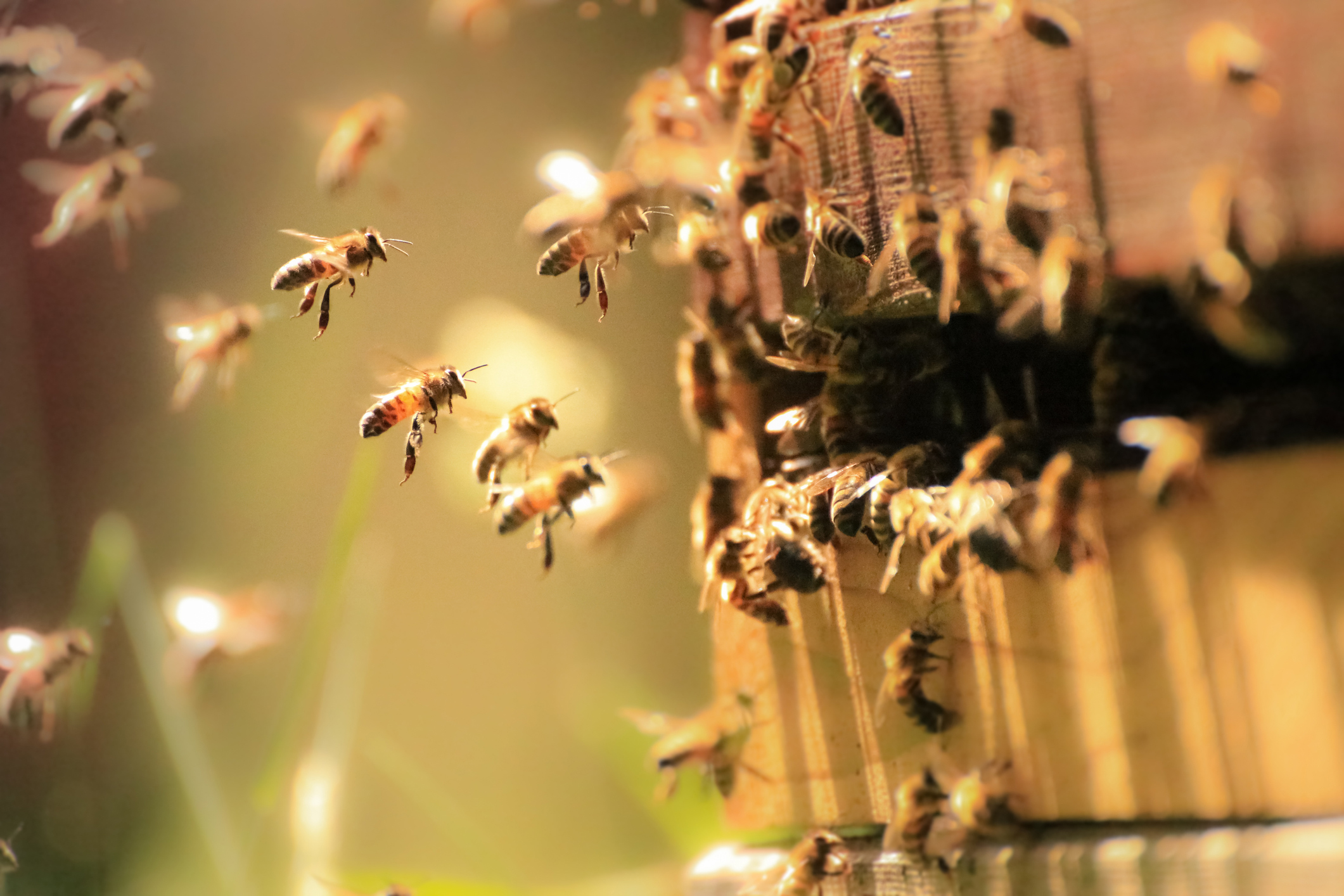
Tom Santorelli, a beekeeper for more than a decade, had a problem. A queen bee, which can only fly a few feet, had left the area of the hive where she belonged and settled into the area where bees make honey. He had to move her so the honey could be stored there, and she could reproduce where it was safe.
“Suddenly, that hive became aggressive,” Santorelli, a 68-year-old Bay Shore resident with around 20 hives — most of them in Jameport. With his bees protecting the stranded queen, he said, “I couldn’t go through that hive without being stung even through a bee jacket.”
Although the recommended procedure was to remove, replace and even kill the wayward queen, he couldn’t even find her in the cluster. So Santorelli decided to remove the “queen excluder,” which ordinarily prevents the queen from straying from her area.
“I got stung a lot. She was able to go back down. The hive became mellow again,” he said. “There’s a saying that if mom’s not happy, nobody’s happy. It’s one of those things.”
While raising bees, technically, is agriculture, it is a business like no other, involving caring for thousands of bees harvesting and selling pure honey. But Santorelli, whose brand is Tomaso’s Apiary, respects bees not because they sting but because they survive as a species.
“Scientists have found fossils that show honeybees have been on earth for 160 million years,” Santorelli said. “That means they outlived the dinosaurs. They emerged from Asia and moved around.”
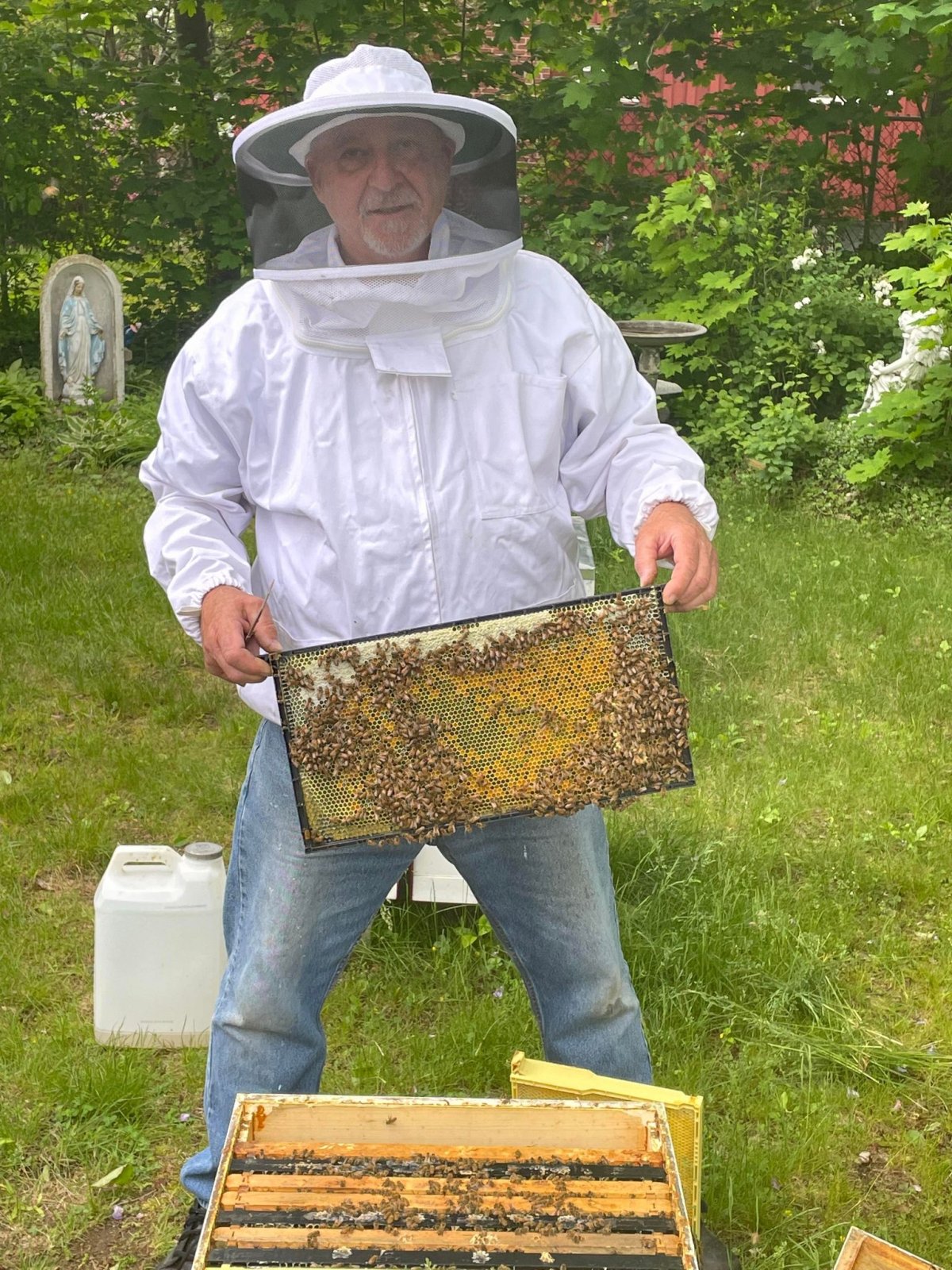
While there are many types, most bees, like bumble bees, yellow jacks and wasps, don’t make honey.
“Honey bees are not native to America,” Santorelli said. “They were brought here in the 1600s from Europe. We have our own native bees, but they don’t make honey.”
Honey bees play a vital role in New York State’s agriculture economy. Each year, thousands of bee colonies statewide help pollinate more than $300 million worth of agricultural crops such as apples, grapes, and pumpkins, he said.
“I pollinate a farm,” he said of a 200-acre farm that houses his hives in Jamesport. “The more the bees visit those flowers, the bigger the fruit gets.”
Santorelli is knowledgeable and fascinated by bees’ biology.
“They have two stomachs, one for eating and another with an enzyme,” Santorelli said. “That enzyme changes nectar into honey.”
Honey bees also have two sets of wings which beat like fans to reduce water in honey. They also have stripes that, like Spiderman, produce threads to build honeycombs.
“It comes out like Silly String,” he said. “They form it into perfect hexagons to store food for the queen to lay eggs.”
Although Santorelli is all abuzz over bees, his interest started when he read a booklet on beekeeping nearly 15 years ago. He gave it a try, losing his first hive and then figuring things out.
“You don’t keep them in the front yard,” he said. “That freaks people out. You keep them in the backyard. If a neighbor asks questions, you give them a jar of honey.”
Some neighbors began growing plants that feed bees, such as bushes, blueberries and blackberries.
“These are boxes designed by a beekeeper,” he said of artificial hives. “Honey bees aren’t interested in people.”
Worker bees live 30 to 40 days, while queens can live a couple of years. Queens, actually, are made by depositing “royal jelly” from worker bees’ glands, forming a shell with nutrition to turn a would-be worker bee eggs into a queen in 14 days.
“A queen is the nucleus of the hive,” Santorelli said. “They can’t live without a queen.”
Bees are a factory and a society with drones’ sole purpose to mate with queens, a queen who lays thousands of eggs and workers doing everything from nursing bees to cleaning, guarding and foraging.
“You need lots of numbers,” Santorelli said. “It takes a lot of bees to make honey.”
Queens begin laying eggs in February and bees start making honey by June or July before Santorelli harvests honey. He then fools the hive into thinking it’s spring again, so the queens starts laying eggs that hatch in the fall as winter bees that live through the winter.
“They don’t hibernate, but they slow down. When it gets really cold, they c
luster together to keep warm,” Santorelli said. “It’s nothing less than miraculous.”
Big companies like Golden Blossom make honey according to FDA regulations. But Santorelli’s honey, he said, is pure.
“It’s raw, uncooked honey straight from the frame,” he said. “Every year the honey tastes different, because of the weather.”
He said construction across Long Island wipes out greenery bees need. Santorelli pushed for local legislation requiring developers to plant in ways that let bees pollinate. And he said his bee business is going fine, including about 14 hives n Jamesport that last year generated nearly 1,000 pounds of honey. He also has hives in Central Islip and his backyard.
“I’m not in the bee suit often. I work in a t-shirt and a veil most of the time,” he said. “I’d rather work with my bear hands, so I can feel what I’m doing.”
He said his hives are “pretty friendly” and he can inspect without getting stung. He’s also registered with the state, so inspectors come in, and if someone gets honeybees in their house, he can remove them.
“It’s free bees if you can get them out of somebody’s house,” he said of a vacuum he uses to suck them up. “You can end up with several really nice colonies.”
He sells his brand, Tomaso’s Apiaries, with a label noting “made by Italian bees,” through stores, at his house and other means.
“Most beekeepers use Italian bees. They make great honey and they’re not so aggressive,” he said. “I can go through the hives in one day and not get stung.”
